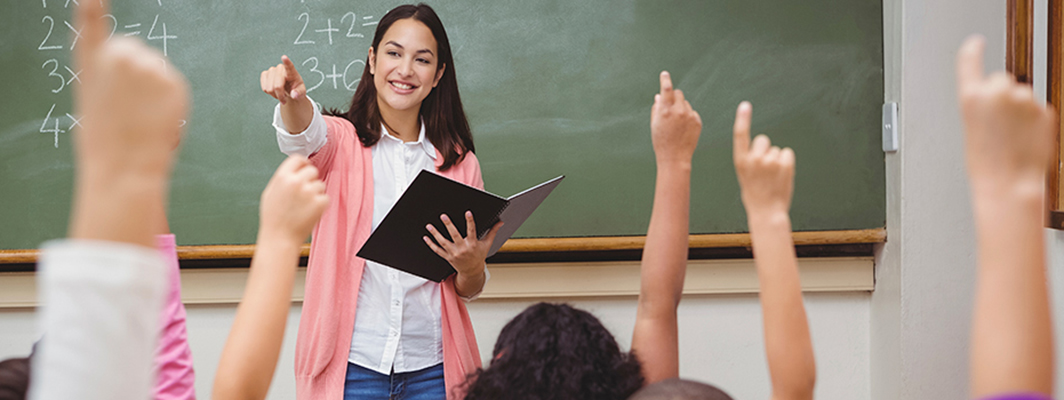
What is the key to a high-quality social-emotional learning program that makes a lasting impact? It has to be a whole-school effort, according to developmental psychologist Stephanie Jones and her research team at the Harvard Graduate School of Education. They’ve spent the past five years exploring connections between social-emotional skills and positive life outcomes, in the process measuring the efficacy of many programs that teach those skills.
Their findings — developed as part of a research project called SECURe (Social, Emotional, and Cognitive Understanding and Regulation in education) — show that a successful SEL program involves “all the adults in the building being trained in and familiar with a set of language and practices that they can use in the hallways, in the gym, at recess, in the lunchroom, on the bus — all the times when kids have less structure, and are actually engaging in social interactions, when emotions are more likely to come up,” says research manager Rebecca Bailey.
Educators differ slightly in how they define these skills, which help kids pay attention in class, develop friendships on the playground, and make smart decisions after the school day ends, among other self-regulation tasks. Jones’s team identifies three main “buckets” of skills, based on their analysis of SEL programs and a comprehensive review of the developmental literature:
These skills look different for children of different ages, and many build off of one another over time. For example, in a first-grade classroom, conflict resolution might just mean sharing and taking turns. In an eighth-grade classroom, conflict resolution might also necessitate empathy and cognitive flexibility.
In the traditional approach to SEL, school leaders might implement a curriculum that has one adult — usually the student’s teacher, school social worker, or psychologist — leading a once-a-week, class-wide lesson on a predetermined skill. But research studies have shown that this method isn’t wholly effective.
“While a handful of SEL programs have been tested and shown to improve children’s SEL skills as well as academic, mental health, and behavioral outcomes, the effect sizes are smaller than we would expect,” says Jones. “This suggests that existing programs aren’t capitalizing on the potential to improve student outcomes. This could result from implementation challenges, or it could suggest that traditional SEL programs need a different approach.”
Jones’ SECURe team has been developing a set of approaches that expand on traditional notions of when and how SEL happens at school. The takeaway: SEL should exist everywhere at school, across the building — with every adult in the building on board. Educators should teach SEL through strategies, routines, and structures, as opposed to just through lessons and curricula.
A whole-school approach to SEL means that all the adults in the building — not just teachers and principals, but lunchroom monitors, bus drivers, librarians, and specialists — have to be invested and on the same page with SEL. In their own interactions, as well as in their work with students, adults should model the type of behavior they want their students to exhibit, Bailey says.
So while regular professional development can teach adults the nuts and bolts of integrating SEL into the school day, one more step is crucial to a successful program: Ensuring that adults develop their own social-emotional capacities. “Our approach has shifted towards supporting the adults’ own social emotional needs, addressing the stressors they may be experiencing as professionals in education,” says Bailey.
Supporting adults means offering tailored SEL strategies — but it also means creating opportunities for school staff to listen, problem-solve collaboratively, and reflect and plan. It means proactively considering the social-emotional needs of all staff.
This article originally appeared on Usable Knowledge from the Harvard Graduate School of Education. Read the original version here.